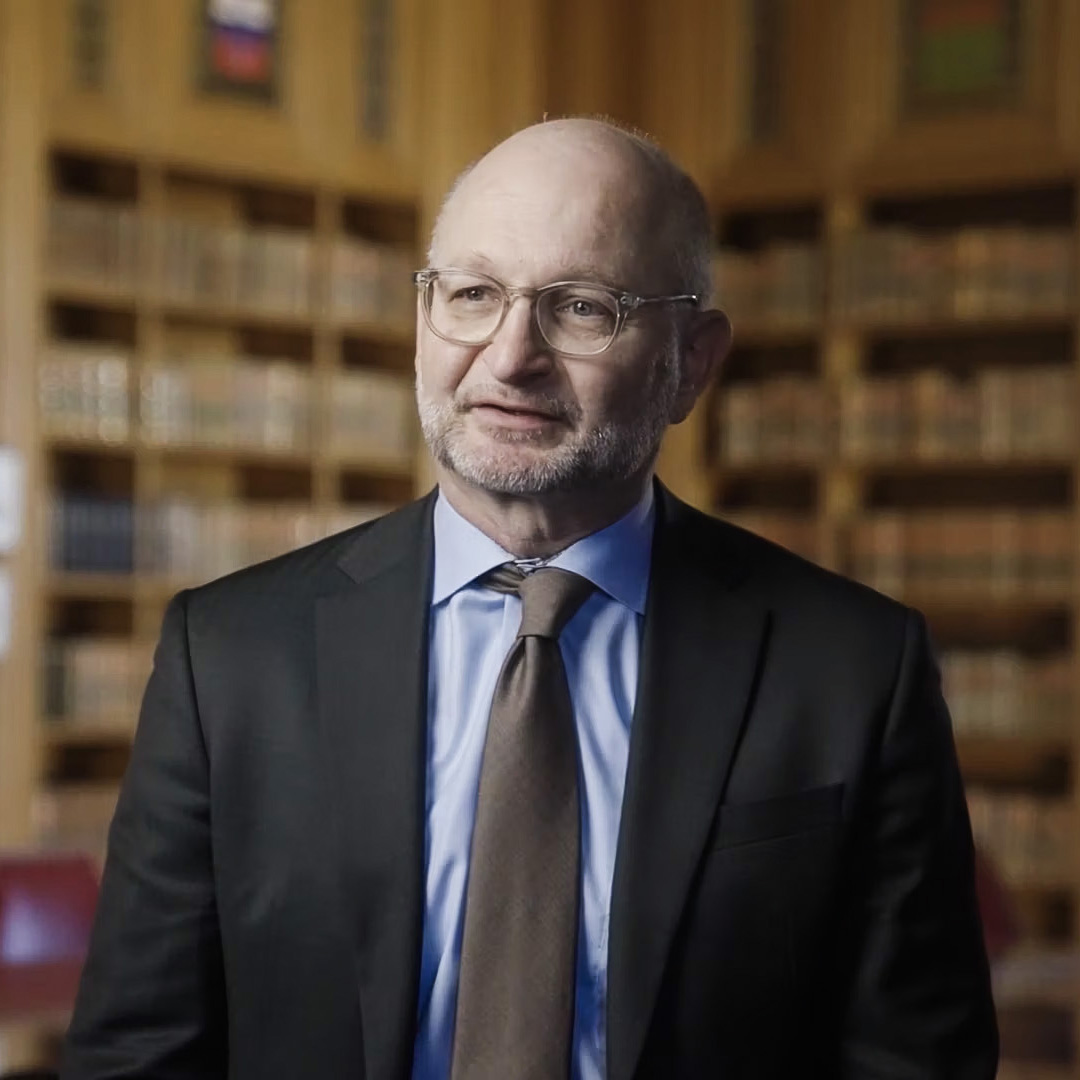Judicial Independence in Canada
Judicial Independence in Canada
A healthy level of cooperation is maintained between the judicial branch (the Courts) and the executive branch (the Government) when it comes to legal matters—for example, in interactions between the Chief Justice and the Minister of Justice.

The Minister of Justice and Attorney General
Our expert, David Lametti, served as Minister of Justice and Attorney General of Canada from 2019 to 2023.
In Canada, the same individual serves as both Minister of Justice and Attorney General. As a member of the government, they are responsible for upholding and promoting the rule of law. As Minister of Justice, they develop justice policies, for instance, to ensure the court system functions effectively. As Attorney General, they represent the state before the courts and oversee litigation involving the government.
Explore some of the ways this collaboration between the judicial branch and the executive branch is accomplished by completing the activity below.
INSTRUCTIONS
Drag each element to the appropriate column.
Protecting judicial independence: A timeline
Explore the timeline below to learn more about how the protection of judicial independence has evolved in Canada over time.
Did you know?
The Registrar is a Supreme Court employee responsible for providing all necessary services and support for the Supreme Court to process, hear and decide cases. This includes appointing and supervising the Court’s staff.
The Treasury Board is a group of ministers (members of the executive branch) who oversee federal government spending.
